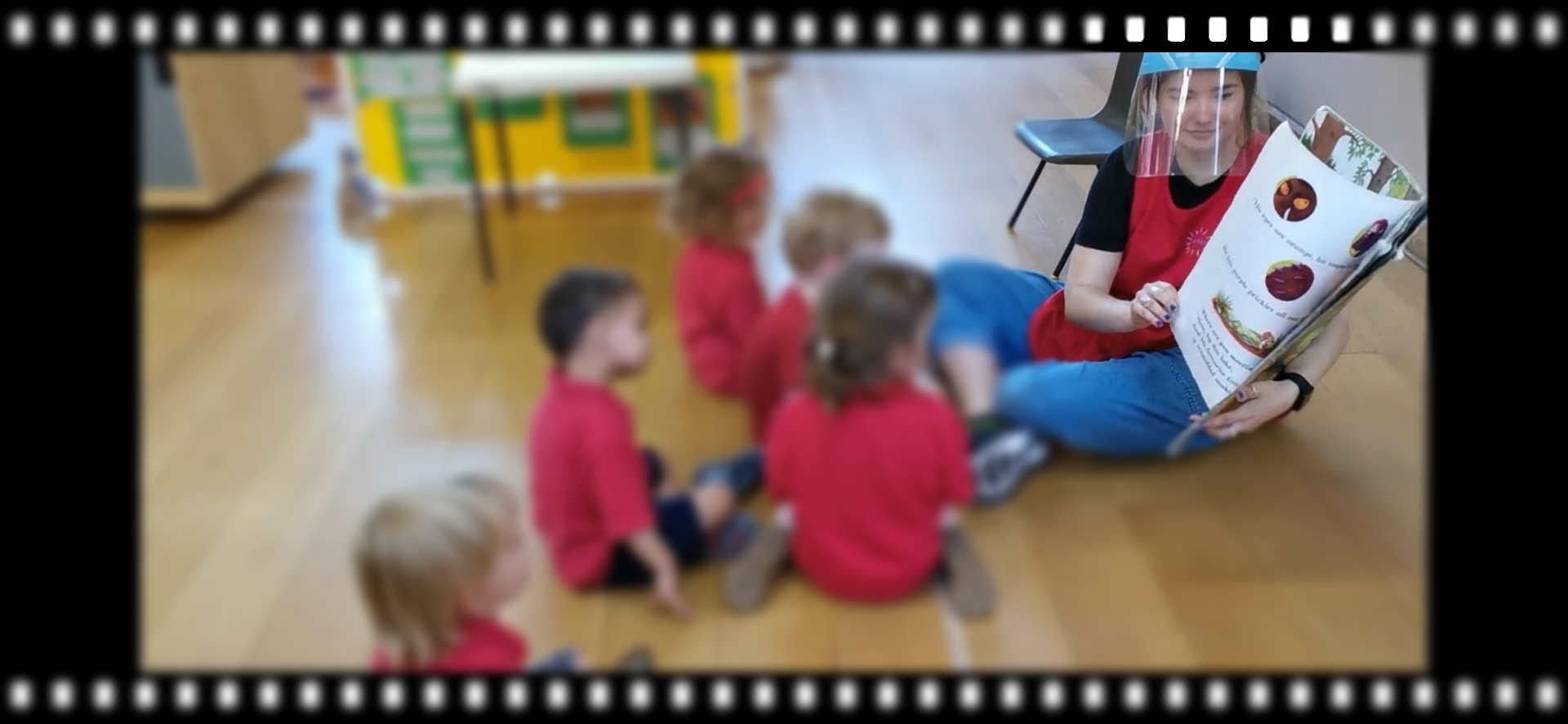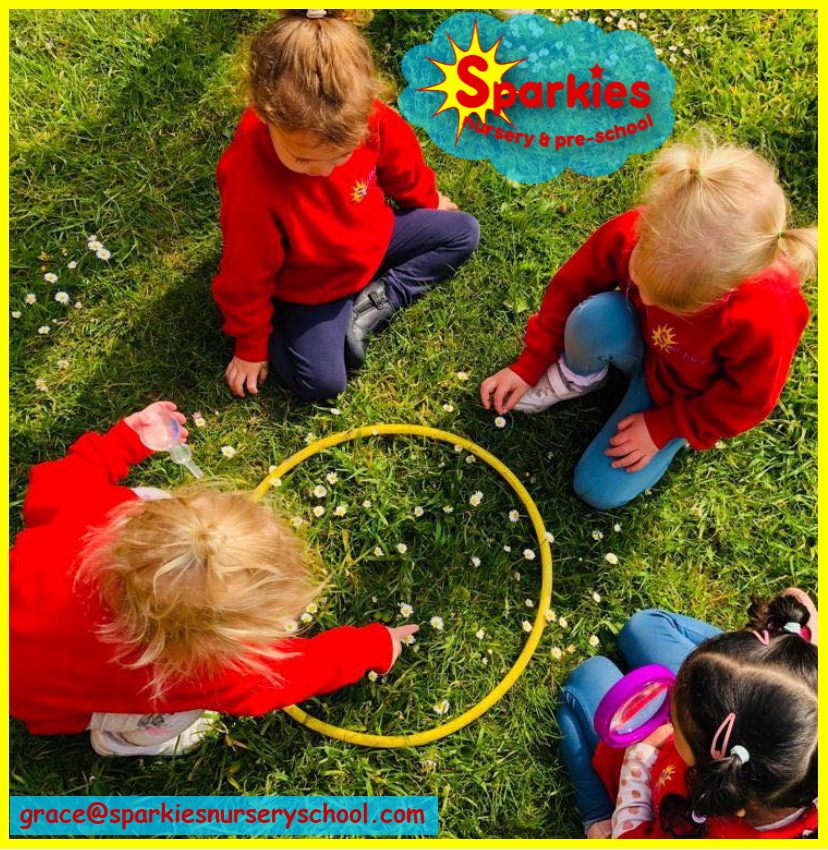BLOG
Blog

By Grace Savage
•
11 Oct, 2020
I attended a seminar he presented a few years ago! And all I can say and continue to say is WOW!!! I think he was one of the reasons our nursery opened in 1999. We wanted to make a difference to children's learning, giving them, the power to be in control. Learning by exploring, investigating and to experience the love of learning! We believe in learning through experience and sharing experiences! Every child is supported as an individual and valued for their contributions to the group. Your child may come home covered in mud, paint or play dough, full of questions and growing in confidence daily. Please read Peter Dixon, the first book I read from his collection is "Let me Be"

By Grace Savage
•
05 Aug, 2020
The Dialogic Reading Approach The dialogic reading approach will help support your child to enjoy and be confident in reading books. This practice encourages adults to use the pictures along with prompts and cues to actively engage children in the process of reading. In dialogic reading, the adult helps the child become the teller of the story. The adult becomes the listener, the questioner, the audience for your child.* Sparkies Nursery School aims to develop a love of books, reading and story times, encouraging our children to become eager emergent readers. This way of reading is a much more interactive experience for your child. Parents should follow the ‘PEER’ technique below: • P rompt your child to talk about the book • E valuate your child’s response • E xpand your child’s response, by rephrasing and adding to it • R epeat the prompts to make sure your child has learned. It is helpful to use the acronym CROWD to help remember the type of prompts you should use with the ‘PEER’ technique. Completion l eave a blank at the end of a sentence and encourage your child to fill it in. Recall After sharing a story, ask your child to recall what happened in the book, e.g“ Who did the mouse meet next?” Open ended Using the pictures in the book, ask your child open ended questions, e.g “Why do you think the fox ran away?” ‘ Wh’ When reading the story, try to use what, where, when, why and how questions to help teach your child new vocabulary. Distancing Use the pictures or words in the book to encourage conversation about your own experiences, e.g “Do you remember when we did gardening at home?” *Dialogic reading is based on the work of Dr Grover Whitehurst and the Stony Brook reading and language project


